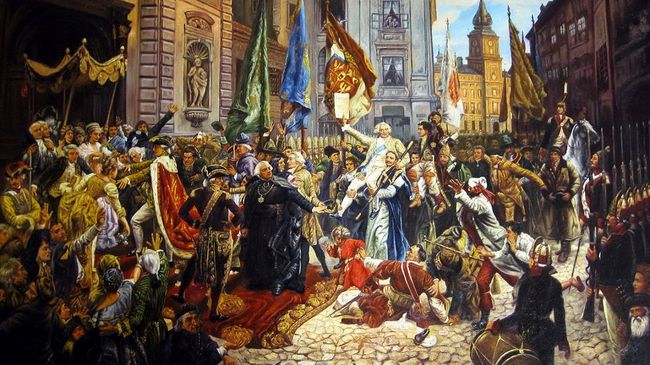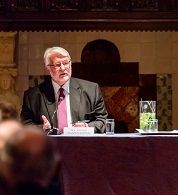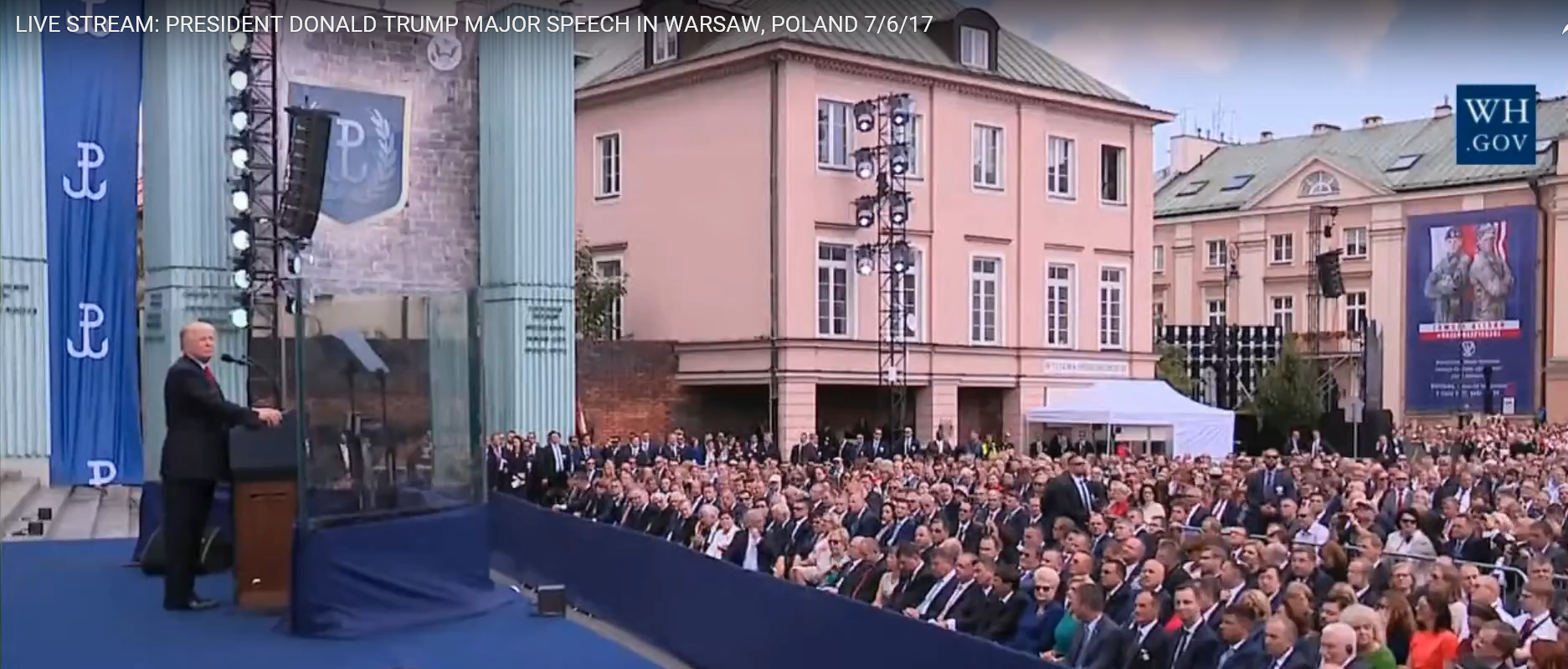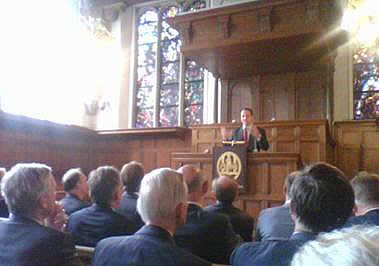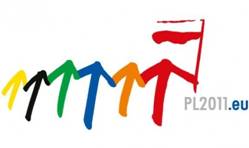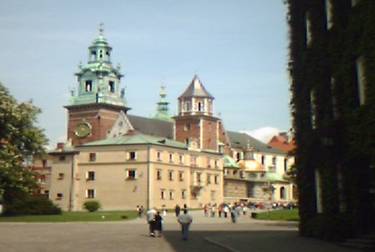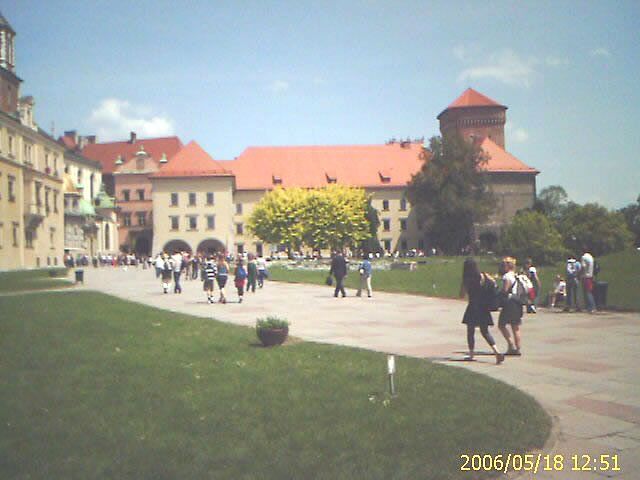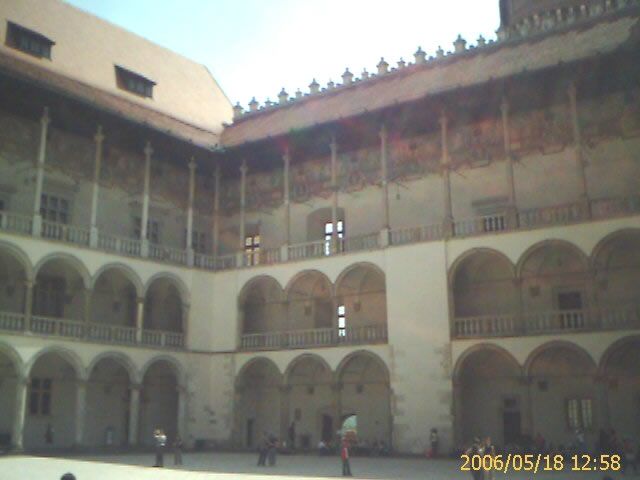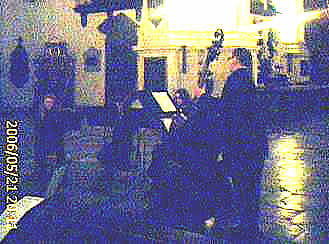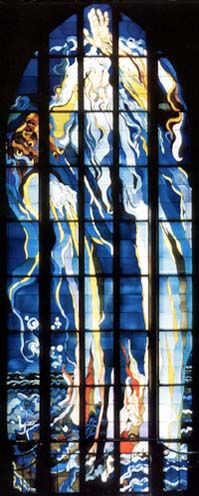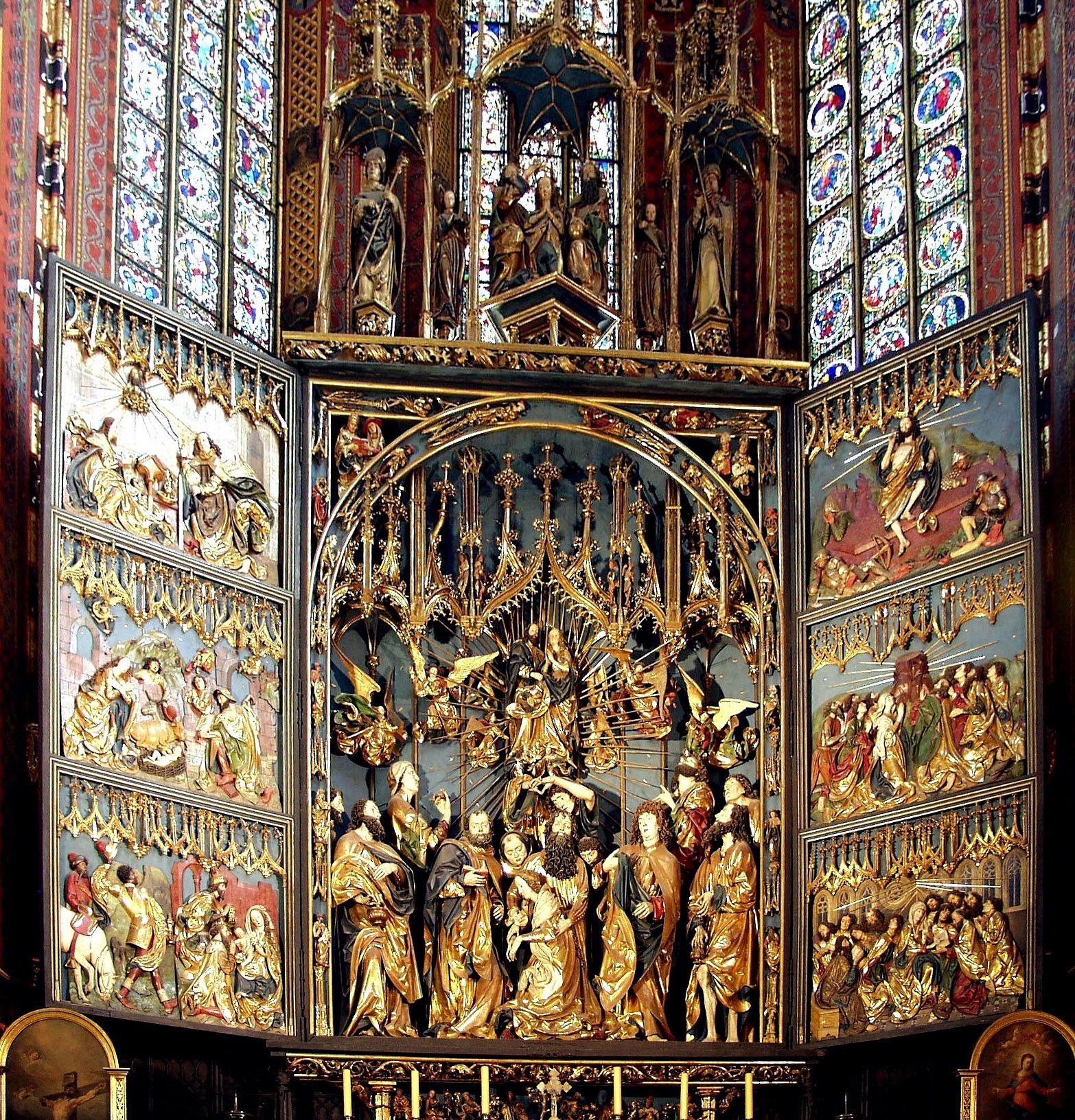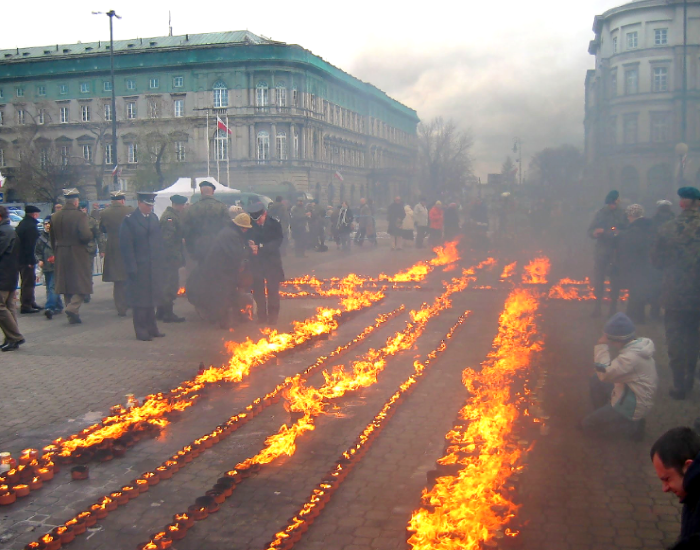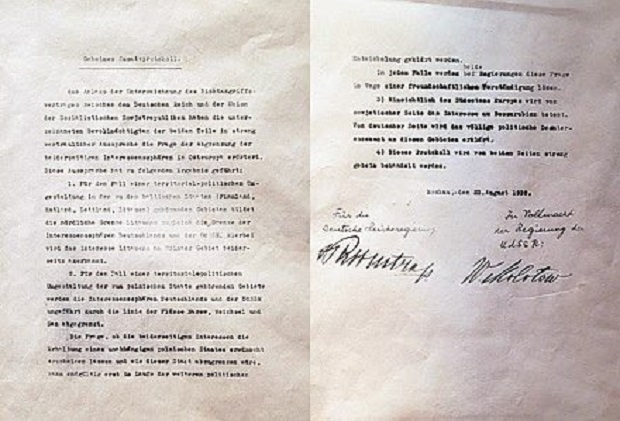Originally, "Katyn massacre" referred to the massacre at Katyn Forest, near the villages of Katyn and Gnezdovo (ca. 19 km west of Smolensk, Russia), of Polish military officers in the Kozelsk prisoner-of-war camp. It now is applied to the simultaneous executions of prisoners of war from geographically distant Starobelsk and Ostashkov camps, and the executions of political prisoners from West Belarus and West Ukraine, shot on Stalin's orders at Katyn Forest, at the NKVD (Narodny Komissariat Vnutrennikh Del, the Soviet secret police) headquarters in Smolensk, at a Smolensk slaughterhouse, and at prisons in Kalinin (Tver), Kharkov, Moscow, and other Soviet cities.
Nazi Germany announced the discovery of mass graves in the Katyn Forest in 1943. The revelation led to the end of diplomatic relations between Moscow and the London-based Polish government-in-exile. The Soviet Union continued to deny the massacres until 1990, when it finally acknowledged the perpetration of the massacre by NKVD, as well as the subsequent cover-up.
An investigation by the Prosecutor's General Office of the Russian Federation has confirmed Soviet responsibility for the massacres, yet does not classify this action as a war crime or as an act of genocide. This acknowledgement would have necessitated the prosecution of surviving perpetrators, which is what the Polish government had requested. In addition the Russian government also does not classify the dead as victims of Stalinist repression, which bars formal posthumous rehabilitation.
THE AIR CRASH
The 2010 Polish Air Force Tu-154 crash occurred on 10 April 2010, when a Tupolev Tu-154M aircraft of the Polish Air Force crashed near the city of Smolensk, Russia, killing all 96 people on board. These included the Polish president Lech Kaczyński and his wife, the chief of the Polish General Staff and other senior Polish military officers, the president of the National Bank of Poland, Poland's deputy foreign minister, Polish government officials, 12 members of the Polish parliament, senior members of the Polish clergy, and relatives of victims of the Katyn massacre. They were en route from Warsaw to attend an event marking the 70th anniversary of the Katyn massacre; the site of the Katyn massacre being approximately 19 kilometres (12 mi) west of Smolensk.
The pilot attempted to land at Smolensk North Airport, a former military airbase, in thick fog that reduced visibility to about 500 metres (1,600 ft). The plane was too low as it approached the runway. It struck trees in the fog, rolled upside down, impacted the ground, broke apart, and eventually came to rest 200 metres (660 ft) short of the runway in a wooded area.
On 1 June 2010, the Polish Prime Minister released a full transcript of the last 39 minutes (from 10:02:48.6 to 10:41:05.4 MSD) of the cockpit voice recording.
In accordance with the Polish Constitution, on the President's death his duties were taken on by the Marshal of the Sejm (chairman of the lower house of the parliament)—currently Bronisław Komorowski, who thus became Acting President of Poland. Within two weeks he was obliged to announce the date of the popular presidential election, to be held within a further 60 days on a weekend. Kaczyński was up for re-election in late September or early October, before the end of his first five-year term.
Despite the deaths of the president and numerous officials, the crash is not expected to impair the functions of the Polish government, since no cabinet ministers were aboard the plane. The Polish Armed Forces were dealt a severe blow, however, since all of their senior commanding officers were killed; their duties were automatically taken over by respective deputy commanders, following standard contingency plans for such a situation.
The commemoration of the 70th anniversary of the Katyn massacre was split up because of the political conflict between the Liberal government of prime minister Donald Tusk and Conservative president Kaczyński.
On 7 April, Tusk, along with government officials and members of his Civic Platform party, went to Katyn on invitation from the prime minister of Russia, Vladimir Putin. The official commemoration, organized by Polish Council for the Protection of Struggle and Martyrdom Sites, was scheduled on 10 April. Nevertheless, both ruling coalition and opposition were represented on the plane, with six and nine members of the Sejm, as well as one and two from the Senate, respectively, some of them well known in Poland. Many passengers were actively opposed to Tusk's policies, including:
-
President Kaczyński himself,
-
president of the National Bank of Poland, Sławomir Skrzypek,
-
chief of Institute of National Remembrance, Janusz Kurtyka,
-
Polish Ombudsman Janusz Kochanowski,
-
Jerzy Szmajdziński, the left-wing candidate in the upcoming presidential election.
The President of the Association of Former Intelligence Officers and former CIA analyst has written that political violence should not be ruled out under the circumstances of the plane crash.
The Marshal of the Sejm, Bronisław Komorowski, had previously been announced as the Civic Platform's candidate in the presidential election. He has suggested that the date of the elections should be decided by the parliamentary opposition, with him acting merely to guarantee that the Constitution is respected.
On 17 April, one week after the crash, a memorial service, including a two-minute silence, was held to honour the victims of the crash. It was reported that over 100,000 mourners attended the event, held in Piłsudski Square; however, up to 1.5 million had been expected.
State funeral
The funeral service for the presidential couple took place in the Wawel Cathedral in Kraków on April 18. The couple was buried in a crypt below the cathedral, a place traditionally reserved for people considered to be heroes of Polish history.
Presidential election
The first round of the election to elect President Kaczyński's successor was held on June 20, 2010. Since no candidate obtained an absolute majority, a run-off will be held on July 4, 2010, between the two highest-polling candidates: the acting president Bronisław Komorowski, and the late president's brother Jarosław Kaczyński. |
